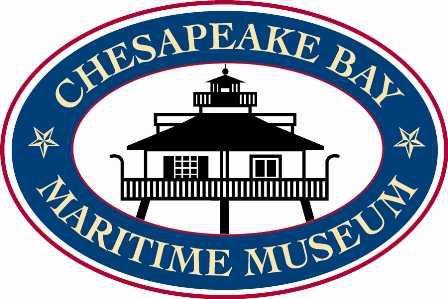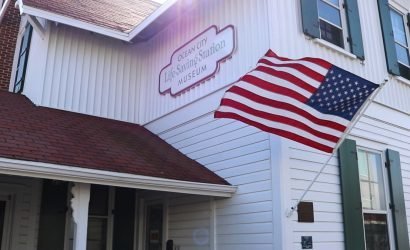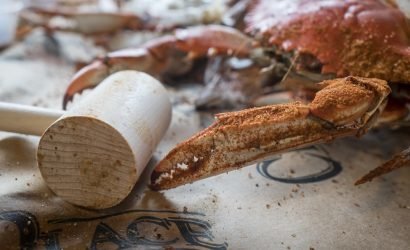We’ve been all across the Eastern Shore for museum tours, but we couldn’t miss out on a stop to the Chesapeake Bay Maritime Museum in St. Michaels. Not that we could resist a trip to the town itself, but our recent museum binge made it all that much easier to revisit the quaint town.
The museum touts its purpose as a “non-profit organization dedicated to telling the stories of the Chesapeake Bay and the people who have shaped their lives around it,” and we couldn’t have summed up the organization’s collection better ourselves. Since 1965, the museum has been situated on 18 waterfront acres on the Miles River.
The museum not only sits on the water for the great views, but because it also houses the largest floating fleet of historic Chesapeake Bay watercraft known in existence. Consisting of a total of 85 historical boats, the museum always has 6 of its largest boats out on the dock for visitors to look around.
But where did all these boats come from? Well, the museum also serves the purpose as a working boatyard. Local craftsmen, who are passionate about boat making, create these beautiful vessels for display. If you or someone you know is a fellow shipbuilder or would just like to try a hand at the process, you can sign up for an apprenticeship for a day or for an extended period! Get a hands on an experience unlike any other.
One recent ship building project that gained a lot of attention was on the construction of the skipjack Rosie Parks. Skipjacks have been historically used in oyster gathering and as a fundraiser for this piece of the Bay’s history. Fordham Brewery even made an Oyster Stout in honor of the vessel.
Other features of the museum include interactive educational experiences like scavenger hunts and boat rides like the ecology cruise and oyster legacy tour. Amongst many other models and displays of watercraft the museum also houses the Howard Chappelle research library, made up of more than 10,000 volumes. The Hooper Strait lighthouse is also a feature of the museum. With these many opportunities to learn, everyone at any age can come away with some newfangled information about our Bay and how life developed in our region.









